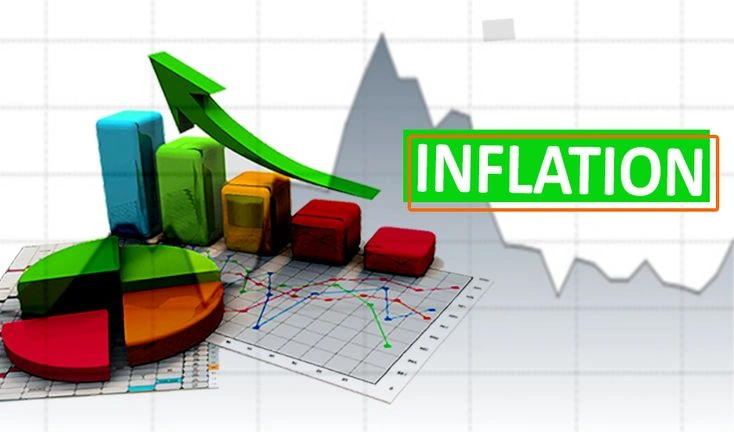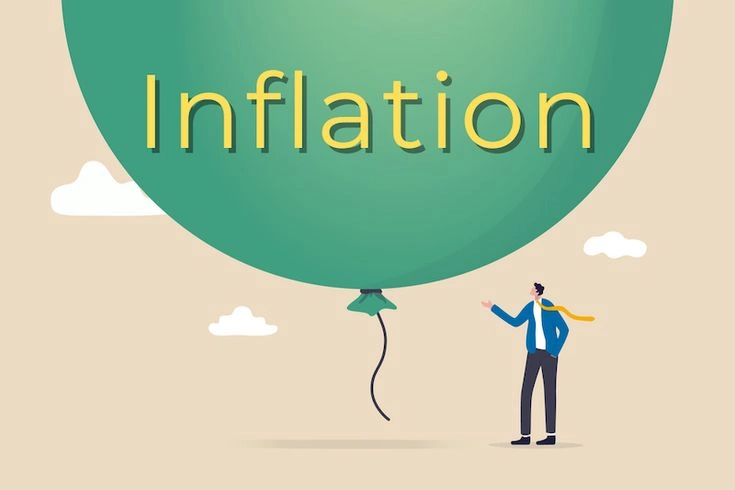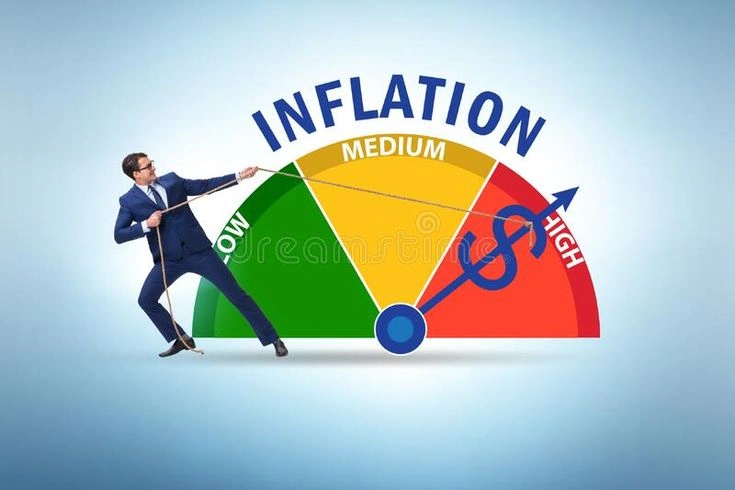You’ve worked hard, set money aside, and built up your savings—but have you ever thought about how much that money will actually be worth in 5, 10, or 20 years?
That’s where inflation comes in.
Inflation quietly erodes your purchasing power over time. You may not feel it right away, but over the years, it can significantly reduce the value of your savings. If you’re saving money without a plan to protect it from inflation, you might not be saving as much as you think.
Let’s explore how inflation affects your savings—and more importantly, what you can do to fight back.
What Is Inflation, Really?

Inflation is the rise in the cost of goods and services over time. It means that what you could buy for $100 a few years ago might now cost $110 or more. It’s why groceries, rent, and other daily expenses feel more expensive each year.
Most countries aim for an inflation rate of around 2% to 3% per year, but it can fluctuate based on economic conditions. Even “normal” inflation can slowly chip away at your savings if your money isn’t growing.
The Silent Killer: How Inflation Hurts Your Savings

Imagine you’ve saved $10,000 in a traditional bank account that earns little to no interest. If inflation rises by 3% annually, here’s what happens:
- After 1 year, your money is worth $9,700 in purchasing power.
- After 10 years, it’s worth about $7,441.
- After 20 years? Just $5,530.
You still have $10,000 in the account—but it buys less than it used to. That’s the real danger of inflation: it reduces what your money can do.
Why Keeping Money in Savings Alone Isn’t Enough
A regular savings account is great for short-term needs or emergencies. It’s safe, and your money is accessible. But it’s not a long-term growth strategy.
Here’s why:
- Most savings accounts offer less than 1% interest.
- Inflation usually runs 2% or higher.
- You’re losing money in real terms, even if your balance stays the same.
So, what should you do instead?
How to Protect (and Grow) Your Savings

You don’t have to be a financial expert to beat inflation. Here are smart, beginner-friendly ways to fight back:
1. Invest in Inflation-Beating Assets
Put your money where it can grow faster than inflation. Options include:
- Stocks and ETFs – Over time, these tend to outperform inflation.
- Real estate – Property values usually rise with inflation.
- Mutual funds or index funds – These spread your risk and deliver stable returns.
2. Consider Inflation-Protected Investments
Some countries offer inflation-linked bonds, like:
- TIPS (Treasury Inflation-Protected Securities) in the U.S.
- NSC with inflation index in some developing countries
These investments rise in value as inflation increases.
3. Build a Diversified Portfolio
Don’t put all your savings in one place. Spread your money across different assets to balance risk and return. A diversified portfolio gives you the best shot at growing your savings steadily and safely.
4. Increase Your Savings Rate Over Time
As your income grows, try to increase the amount you save each year. Even small boosts can make a big difference over time—especially if you’re investing that money in the right places.
5. Keep Emergency Funds, But Don’t Overdo It
It’s wise to keep 3–6 months of expenses in a safe, liquid account. But once your emergency fund is ready, move the rest of your money into accounts or investments that earn more than inflation.
Final Thoughts
Inflation isn’t going away—it’s part of every economy. But with the right strategy, you don’t have to let it eat away at your savings.
By investing wisely, staying informed, and reviewing your financial plan regularly, you can protect your future self and make your money work harder for you.
Don’t let your hard-earned savings shrink silently. Take action today—and let inflation know it won’t win this time.

